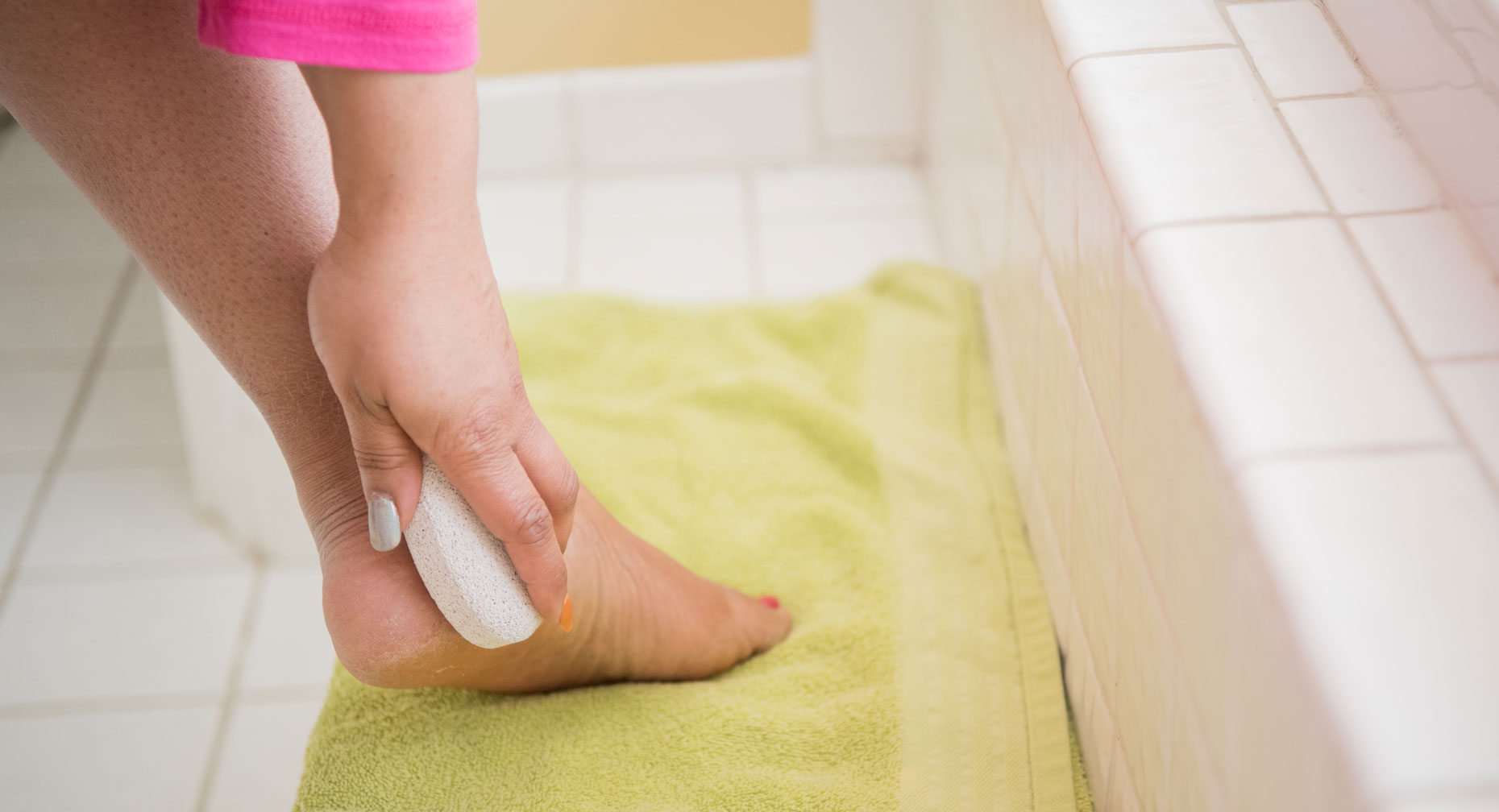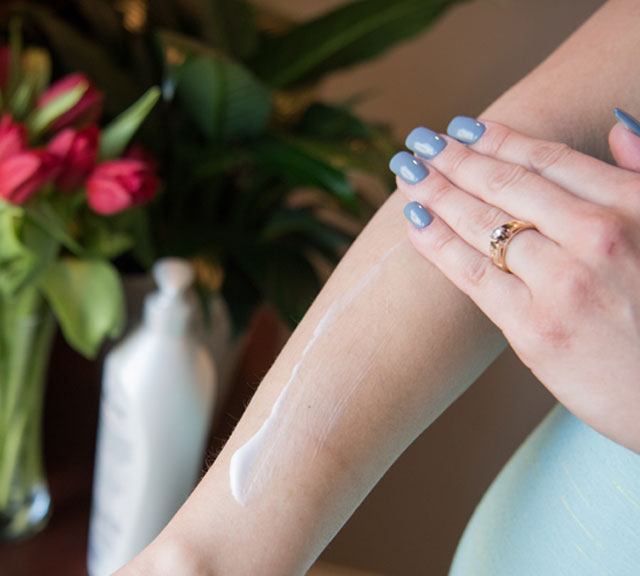5 Ways Diabetes Changes Your Skin

Answer a few questions and we'll provide you with a list of primary care providers that best fit your needs.
If you have diabetes, you may also have skin problems. Skin conditions affect one out of three people with diabetes – anywhere from head to toe.
Why? In some cases, dryness due to dehydration that comes with high blood sugar. And nerve damage caused by diabetes can prevent you from noticing an infected area.
Managing your blood sugar and drinking plenty of fluids are good ways to keep skin hydrated.
Fortunately, there’s a lot you can do to stay comfortable in your own skin. Here are some common skin problems associated with diabetes and some suggestions on how to prevent or manage them:
- Bacterial infections. These can occur anywhere on your body — on your scalp or between your toes. You may get a sty on your eyelid, a boil, an infection of a hair follicle or a deep infection of the skin called a carbuncle. An infected area is generally hot, swollen, red and painful. Your doctor or other health provider can prescribe antibiotics and discuss effective blood sugar management to help prevent future infections. You can help yourself by not scratching open dry or cracked skin and by checking your skin each day for sores or redness.

- Dry, itchy skin. Your body loses fluid when your blood glucose is high. Plus, nerve damage can decrease sweating and dry your skin. Managing your blood sugar and drinking plenty of fluids are good ways to keep skin hydrated. Also, use mild soap when bathing and avoid hot water. Use a moisturizing cream after thoroughly drying yourself. A home humidifier can be helpful during cold weather.
- Fungal infections. Vaginal yeast infections, athlete’s foot, jock itch and ringworm (a ring-shaped patch of red, itchy skin) are common fungal infections. You’re more likely to get them if you have diabetes. A fungus called Candida albicans grows well in warm, moist places, such as under the breasts, in the armpits or groin area, around the nails and between fingers and toes. The best prevention is keeping your skin clean and drying well after bathing. Over-the-counter and prescription medicines are available to get rid of the fungus and uncomfortable itching.
- Calluses. A hardened bump on the skin can develop from constant friction, usually from your shoe rubbing on toes or other parts of your foot. Use a pumice stone to smooth existing calluses or wear shoes that fit well and don’t rub.
- Diabetes-specific skin conditions. Additional skin conditions that occur in people with poorly controlled diabetes or a long history of diabetes include:
- Diabetic dermopathy, which causes brown spots or lines on the skin, usually on the shins
- Acanthosis nigricans, which causes dark patches of velvety skin on the back of your neck, hand or groin area. This indicates excess insulin in your blood. Weight loss is often the best remedy.
- Necrobiosis lipoidica, which starts as solid yellow, brown or reddish bumps that look like pimples and turn into patches of hard, shiny, swollen skin.
- Digital sclerosis, which causes tight, thick, waxy skin to develop on the backs of the hands and feet.
- Eruptive xanthomatosis, which creates itchy, yellowish-colored bumps on the backs of hands, feet, arms, legs and buttocks when diabetes is out of control.Consult your doctor or health care provider to control your diabetes and for medication recommendations.
Answer a few questions and we'll provide you with a list of primary care providers that best fit your needs.
Source: American Diabetes Association; American Academy of Dermatology

